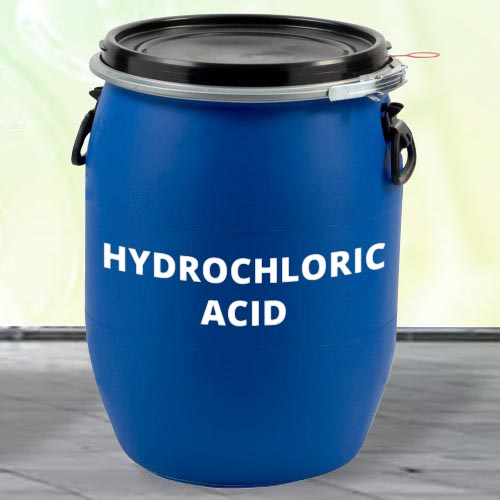Hydrochloric acid, also known as HCl, is a highly corrosive and strong acid. It plays a crucial role in various industrial processes, laboratory experiments, and even within the human body. In this article, we will explore the properties, uses, and safety considerations associated with hydrochloric acid.
Properties of Hydrochloric Acid: Hydrochloric acid is a colorless liquid with a pungent odor. It is a strong acid with a pH level of approximately 0. It is highly soluble in water, and when dissolved, it forms an aqueous solution known as hydrochloric acid. The acid dissociates completely into hydrogen ions (H+) and chloride ions (Cl-) in water. This dissociation makes hydrochloric acid highly corrosive and capable of breaking down various substances.







Reviews
There are no reviews yet.